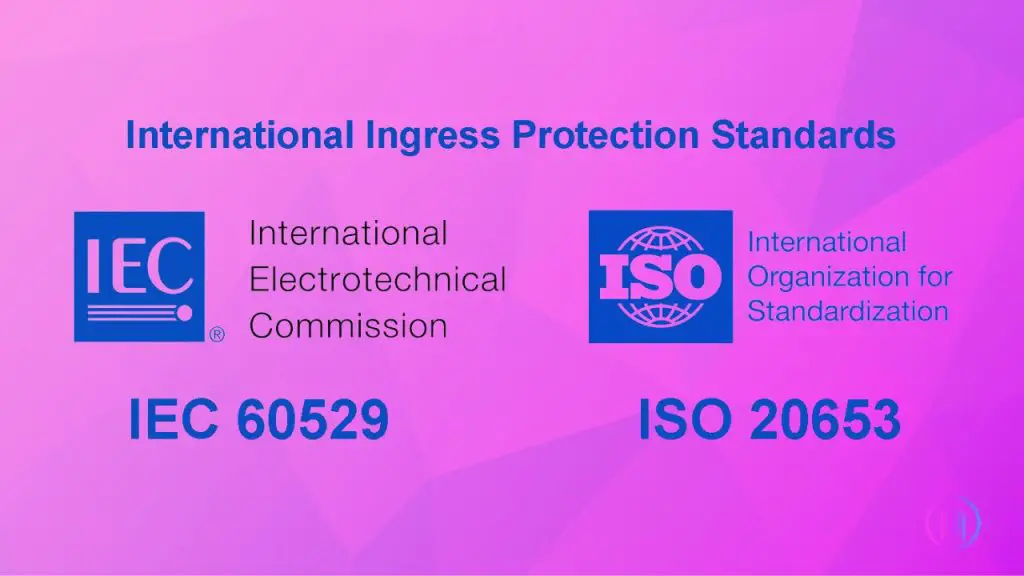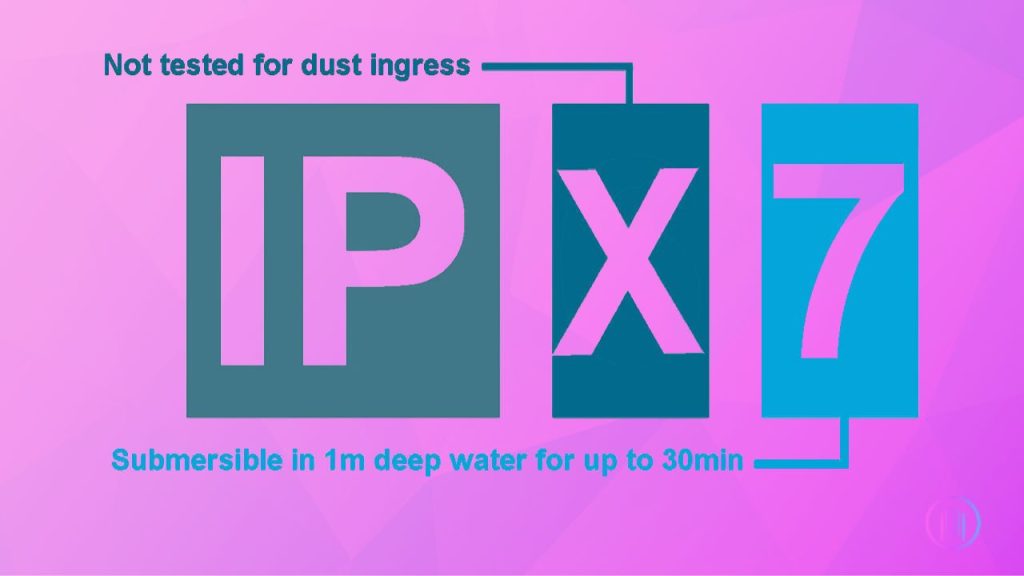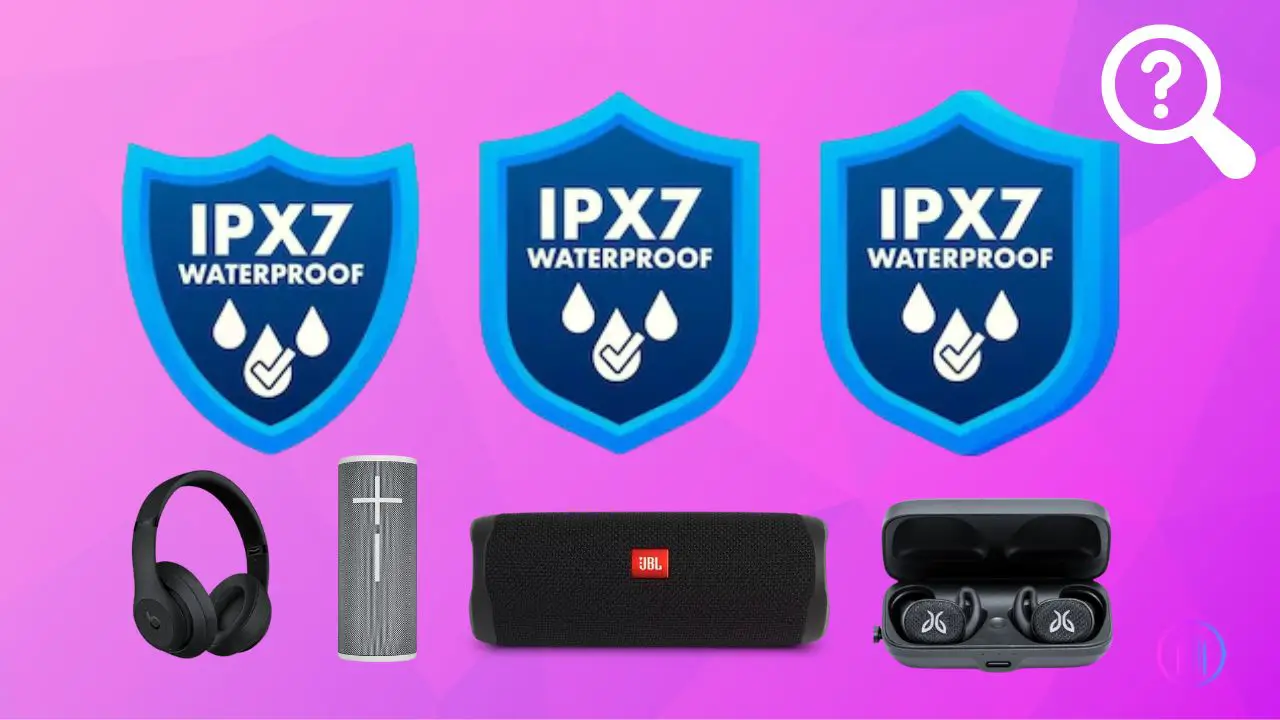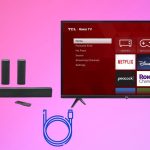Curious about that “IPX7” label on your electronics? Wondering why it’s there and how it protects your devices from water damage? It’s like a hidden shield, ensuring that a splash or dip doesn’t stop your gadget from working. If you’re interested in discovering what this rating truly signifies for your waterproof devices, let’s explore the IPX7 world and unravel the secrets behind these four letters.
BASICS OF WATER INGRESS PROTECTION (IP)
Let’s take a closer look at IP and IPX ratings, which tell us how good your devices are at keeping out dust and water. “IP” means Ingress Protection, and it shows how well a device can stop stuff like dirt and liquids from getting inside.
Understanding IP Ratings:
At its core, an IP rating is composed of two numbers following the “IP” prefix. The first digit indicates the level of protection against solids, such as dust, while the second digit reveals the device’s resistance to liquids. When a device hasn’t been evaluated for dust or water resistance, an “X” replaces the respective digit. For instance, IPX4 indicates no dust resistance testing, and IP6X shows no water resistance evaluation.
Occasionally, you might encounter a third character, usually a letter, after the two digits. This additional symbol signifies extra tests the device has undergone, such as exposure to higher temperatures or pressures.
International Standards of Ingress Protection:
Two main standards govern ingress protection ratings, each with its own set of recognized levels. The IEC standard is widely adopted and differentiates between six levels of solid ingress protection (seven, including IP0X) and nine levels for water (ten with IPX0 included).
On the other hand, the ISO Standard (ISO 20653) aligns closely with the IEC’s levels but introduces an additional level for water protection, IPX6K, indicating higher pressure resistance compared to the IEC’s IPX6. The ISO standard also acknowledges an IPX9K level, equivalent to the IEC’s IPX9 in terms of testing conditions but not recognized in the IEC nomenclature.

Understanding IPX7 Protection Levels:
The protection levels range from IP0X to IP6X for solids, where a higher number signifies better protection, with IP6X being dust tight. For liquids, the ratings extend from IPX0 to IPX9, where, generally, a higher number indicates increased protection. Notably, ratings IPX7 and IPX8 denote waterproof capabilities, allowing for submersion, a feature not guaranteed by the previous levels.
It’s crucial to understand that IPX7 and IPX8 ratings might not cover protection against all types of water ingress, such as high pressure jets covered by IPX5 and IPX6. Therefore, devices aiming for comprehensive water resistance often undergo testing for multiple ratings, like IPX6 and IPX7 or IPX8, and are listed with both in their specifications.

Certification and Compliance:
Importantly, IP and IPX testing is not conducted by manufacturers themselves but must be carried out by certified third party laboratories. This ensures an unbiased verification of a device’s protective capabilities against environmental ingress.
What is IPX7 Rating?
The IPX7 rating means a device can be safely submerged in water up to 1 meter deep for up to 30 minutes. It’s designed for items like phones and speakers to survive accidental dips in water without damage.

Understanding the IPX7 Rating
| Feature | Description |
|---|---|
| IPX7 Rating | Immersion Protection up to 1 Meter |
| Dust Protection | Not Specified (Indicated by ‘X’) |
| Water Protection | Can withstand immersion in water up to 1 meter for 30 minutes |
| Practical Scenario | Ideal for scenarios where the device could be submerged, like in a bathtub or a pool |
| Compared to Other Ratings | Offers more protection than IPX0-IPX6 against water; less than IPX8, which provides prolonged submersion protection |
| Applicable Standards | Adheres to the IEC (International Electrotechnical Commission) standard, globally recognized |
1. Water Resistance Explained:
When we talk about a gadget with an IPX7 rating, the ‘7’ is all about how well it can handle water. Think of it as a superhero shield against water damage. According to the rules set by the IEC, these devices are like underwater champions. They can take a dip in water as deep as 1 meter, which is roughly the height of a kitchen counter, and stay there for up to half an hour without any fuss. But here’s the catch this amazing feat is tested in a very specific way. They use fresh water, just like what comes out of your tap at home, and everything’s done under controlled conditions, kind of like a science experiment. Now, if this device decides to take a plunge in the ocean or join you for a swim in a pool, it might react a bit differently. Salt water and pool water have chemicals and salts that aren’t the same as fresh water, so the device’s water resistance might not be quite the same. But knowing that your device has an IPX7 rating gives you that extra peace of mind, especially for those accidental splashes or quick dunks.
Understanding Waterproof and Water Resistant Labels:
When you’re picking out electronics, you’ll often see labels like “waterproof” or “water resistant.” It’s important to know what these terms actually mean to make sure your gadgets can handle the kind of wet conditions they might face. Devices marked as waterproof, typically with IPX7 or IPX8 ratings, are built to survive not just splashes but also complete submersion in water for a certain period. On the flip side, items labeled as water resistant, usually falling under IPX5 or IPX6, are designed to withstand light water contact, such as rain or splashes, but not to be submerged. Terms like splash proof, rain proof, and sweat proof are also common but can be misleading without a clear IP or IPX rating to define their resistance level. Always look for these ratings to understand the true capability of your device against water exposure.
2. IPX7 vs IPX6 Rating :
In the world of waterproof ratings, IPX6 and IPX7 might seem like they’re just one step away from each other, but they cover different types of water challenges. It’s not as straightforward as saying one is better than the other because they focus on different things.
The IPX7 rating is all about how a device can handle being dunked in water. Imagine dropping your gadget into a pool or a bathtub; if it’s IPX7 rated, it should be okay being underwater up to 1 meter deep for about 30 minutes. On the other hand, IPX6 is about withstanding powerful sprays of water, like getting caught in a heavy rainstorm or being sprayed with a hose.
But here’s where it gets interesting: just because a device is good at taking a swim with an IPX7 rating doesn’t mean it’s ready to face strong jets of water like an IPX6 device can. If a maker wants their IPX7 device to also be known for handling water jets well, they need to test and pass it for IPX6 standards too.
Many IPX7 devices can handle a bit of everything rain, showers, and sometimes even water jets, but it’s not a sure thing. So, when you’re looking at these ratings, remember that IPX7 and IPX6 are about different types of water adventures, and one isn’t automatically better than the other just because of the numbers.
3. IPX7 Rating Testing Lab and Testing Equipment:
To make sure a device deserves its IPX7 badge, it goes through some serious checks in labs that are all about precision. These places are like high-tech water parks for gadgets, where each device gets dunked and drenched to see if it can really handle the wet stuff.
Here’s how it goes down: The device is placed in a special tank filled with water. This isn’t just any splash it’s a planned dive, exactly 1 meter deep, to mimic those “oops” moments in real life, like dropping your phone in a puddle or the sink. They keep it under for 30 minutes, ticking away the seconds to see if it can hold its breath.
But it’s not just about the dunk. The labs use fancy gear to make sure the test is fair and square. They’ve got all sorts of meters and gadgets to monitor everything, from the depth of the water to how long the device stays submerged.
This whole process isn’t just for show. It’s a big deal for the folks who make these gadgets. They need to know their products can take a splash and keep ticking, so you don’t have to worry every time you’re near water. It’s all about giving you peace of mind, knowing your device can handle life’s wet surprises.
4. IPX7 vs IPX8 Rating:
When comparing the IPX7 and IPX8 ratings, it’s like looking at two levels of waterproofing. Both are designed to keep your gadgets safe underwater, but IPX8 takes things up a notch.
IPX7 rated devices are already pretty impressive. They can be submerged in water up to 1 meter deep (that’s about as deep as a bathtub) and stay there for 30 minutes without any water getting inside. This makes them great for those moments when you accidentally drop your device in water.
Now, IPX8 devices are in a league of their own. They’re considered “extra waterproof.” These gadgets can go deeper than IPX7 ones, usually up to 3 meters (almost the depth of a diving board at a pool). And they’re not just about going deeper; they can also stay underwater for longer. The exact time isn’t set in stone it’s something the people making the device agree on with the testing lab. Sometimes, if needed, they can even go beyond 3 meters.
So, in a nutshell, while IPX7 gadgets are like your trusty raincoat, IPX8 devices are more like a high tech diving suit, offering more protection and peace of mind for those who really want to dive deep with their tech.
5. Is IPX7 Good Enough for Audio Gear?
When it comes to picking audio gear like speakers and earbuds, the IPX7 rating is something to look out for. This rating is a big deal because it means your audio devices are tough enough to handle water without getting damaged. Imagine you’re listening to your favorite tunes by the pool or caught in a sudden rain while jogging if your gear has an IPX7 rating, you’re good to go. It can take a dip in water up to 1 meter deep for as long as 30 minutes and come out just fine.
This level of protection is super handy for outdoor adventurers and fitness enthusiasts who don’t want to worry about their audio gear in wet conditions. Now, let’s talk about some cool audio gadgets that boast this impressive IPX7 water resistance. The JBL Flip 5 and Ultimate Ears BOOM 3 are popular portable speakers known for their rugged build and excellent sound quality, making them perfect for beach parties or camping trips. For those who prefer personal audio, the Jaybird Vista earbuds are another great choice. They’re designed for active lifestyles, offering not just water resistance but also a snug, comfortable fit for all your workouts or outdoor activities.
If you’re into music and always on the go, choosing audio equipment with an IPX7 rating is a smart choice. This way, you can enjoy your tunes in any weather, without worrying about your devices getting damaged by water.
Conclusion
Understanding the IPX7 waterproof rating is essential for anyone looking to purchase electronics that will be exposed to water. This rating provides a clear indication of a device’s ability to withstand water ingress, offering peace of mind when using the device near water. Whether for sports, outdoor activities, or everyday use in potentially wet conditions, knowing the water resistance level of your gadgets can help you make informed decisions and ensure the longevity of your devices.
FAQs
Yes, you can use an IPX7 rated device in the shower, as it’s designed to be submerged in water up to 1 meter deep for 30 minutes, indicating good water resistance. However, showers aren’t just about water; they also involve steam, heat, and potentially soaps and shampoos, which aren’t covered by the IPX7 rating. While your device may withstand water exposure in the shower, the high pressure from the showerhead, along with steam and chemicals, might degrade its water resistance over time. Therefore, it’s wise to be cautious and not overly depend on the IPX7 rating for long-term protection in the shower.
No, IPX7 is not better than IP68, and they are not the same. IPX7 allows a device to be submerged in water up to 1 meter deep for 30 minutes, focusing solely on water immersion. In contrast, IP68 provides a higher level of protection, indicating that the device can withstand submersion beyond 1 meter (the exact depth is specified by the manufacturer) and also offers dust resistance, which IPX7 does not cover. Therefore, IP68 rated devices are generally more versatile in terms of protection against both water and dust ingress.
No, it’s not advisable to fully rely on an IPX7 rating for swimming. While IPX7 devices can be submerged up to 1 meter for 30 minutes, factors like chlorine, salt, and varying pressures in swimming environments can affect their water resistance. The rating is based on controlled tests with fresh water, so it might not guarantee protection during intense or deep swimming. Be cautious with your IPX7 device around water.
The IPX7 rating is versatile and can be beneficial for both indoor and outdoor use, depending on the specific circumstances and the type of exposure to water expected. Indoors, it offers protection against accidents like spills or drops in water, making it suitable for bathrooms, kitchens, and other wet areas. Outdoors, it’s valuable for activities where the device might be exposed to rain, splashes, or brief submersion, such as hiking, camping, or near pools. However, for activities involving prolonged exposure to water or extreme conditions, a higher rating might be more appropriate.
IPX7 rated devices are safe for use around water, allowing you to listen to music in the shower, by the pool, or during light rain without worrying about damage from brief dips or splashes. They’re great for outdoor activities where they might get wet but aren’t meant for deep water activities or high-pressure streams. Keep usage to environments where the device could be submerged briefly in up to 1 meter of water.

I’m Shaun Conroy, an audiophile & founder of HiFi Audios. Holding a Bachelor’s in Sound Engineering, I bring deep expertise in audio devices and offer insights & recommendations to fellow enthusiasts.





